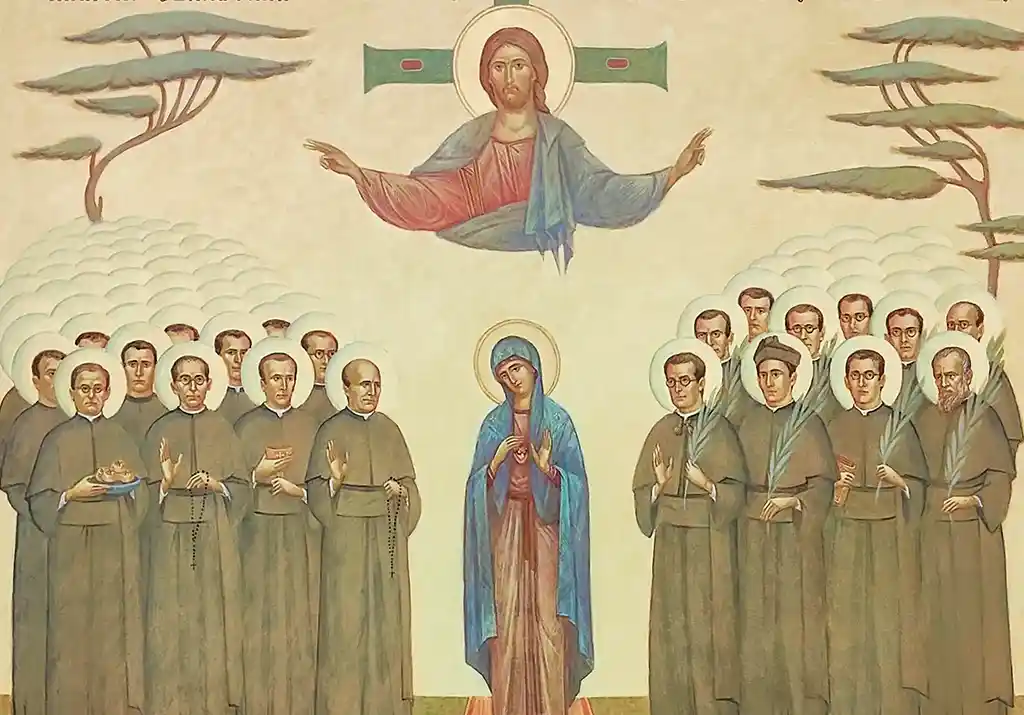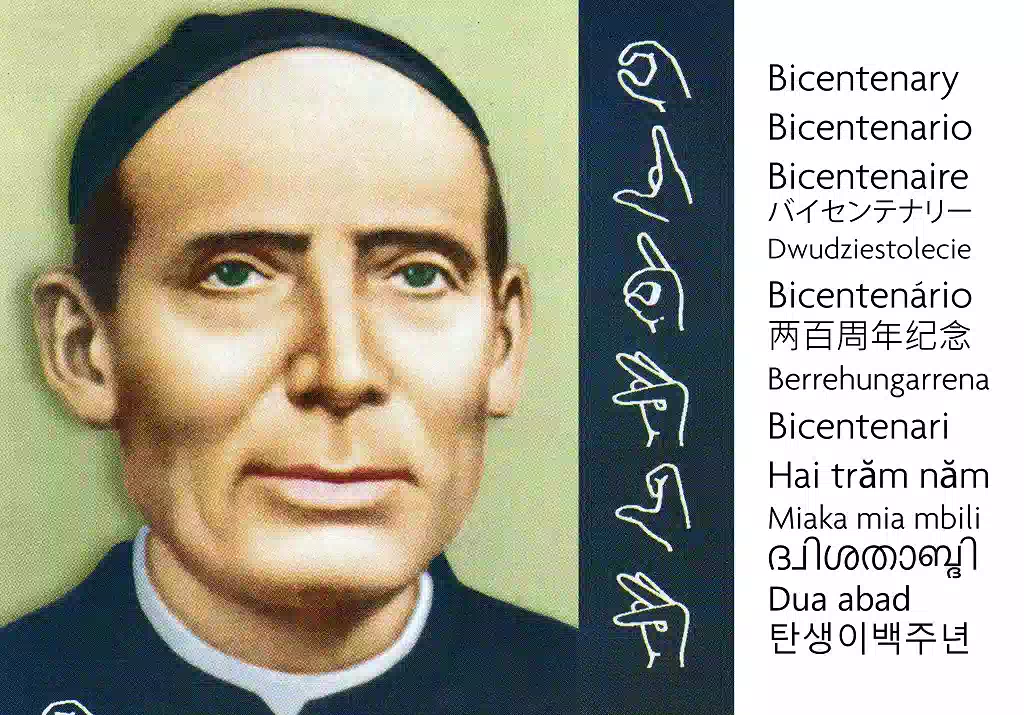FACILITATE THE MESSAGE
Claret lived at a time in which preaching was characterized by a pompous kind of oratory and, often shallow, more preoccupied with the form than the evangelical content. As a man of the people, he was not interested in impressing the audience but rather in presenting with clarity the truth of the Gospel. He was not inspired by the manuals on oratory of the time, although in his library he had a good collection of sermons, but above all by the style of Jesus. It can be said about him what the Gospel of Mark says about Jesus: ‘He used many such stories, in order to proclaim the word to them in a way that they would be able to understand. He would not teach them without parables. (Mk. 4: 33-34)
In his Autobiography Claret also used a simple and popular style, based on parables, comparisons and images. Among the many that he used we can highlight the forge (to refer to his process of interior transformation), honey (to explain the power of attraction for the multitude), the two points of the compass (to speak of the contemplative and active life) or his reference to animals: dog, rooster, donkey, etc. He was convinced that an image is more easily remembered than a word.
Today, as we live in a visual culture, we too have to make use of the images that the cinema, television and the internet give us in order to get the Gospel to ordinary people in a way they can understand. The conceptual language in which it is often presented is difficult for many. Humanly speaking, the success of Claret as a missionary is only explained by his capacity to speak the language of the people and to connect the Gospel to the experiences of ordinary life, exactly as Jesus did in his preaching. Claret was not a theologian, nor a thinker, neither did he pretend to be one. He was, above all, a popular preacher.





